What Are Air Ducts? The Homeowner’s Guide To HVAC Ductwork
There’s a hidden system in your home dedicated to circulating your air. Don’t know anything about your ductwork? You’re not alone. When homes have air duct issues like cold or hot spots, homeowners tend to avoid those rooms. And when they do, without realising it, they’ve lessened the liveable amount of square footage in their homes.
From uneven room temperatures, to excess dust, and high electricity bills, air duct issues can cause daily despair to homeowners and renters alike. What follows is a homeowner’s guide to air ducts; we’ll explain everything you need to know so you can rid yourself of those burdensome cold or hot spots and reclaim your rooms.
Get the Comfort You Deserve
What's An Air Duct?
Check this out – Air ducts, or HVAC ductwork, or AC ducts, are conduits that supply warm or cool air to heat, ventilate, and cool each room. Air ducts are connected to the HVAC unit which filters then heats or cools your home’s air before sending it off. Air ducts are a vital part of your HVAC system, providing thermal well-being and good indoor air quality to your family.

Next, let’s see what air ducts are made of.
Types Of Air Ducts
Sheet Metal Duct
Galvanized steel or aluminum air ducts can be round, oval, or rectangular like the one Bruce Willis crawls through in Die Hard. Sheet metal HVAC ductwork is the most durable and least likely to harbor mold. Metal air ducts are practically rustproof, especially galvanized steel with its zinc coating.
Flex Duct
Simply put, flex ducts are made from a steel wire spiral, wrapped with a polymer (a bendable plastic), and surrounded by insulation. This kind of ductwork is inexpensive, lightweight, and easy to install. Flex ducts work wonders in tricky spaces where more rigid ductwork will not do.
Fiberboard Duct
This type of duct has two layers: compressed resin-bonded inorganic fiberglass is encased in foil to prevent air and water vapor from penetrating. Typically, this air duct is the least expensive, prevents noise, and is already well insulated. The downside? The rough fiberglass surface inhibits airflow.
Beware – old fiberboard ducts aren’t treated to prevent mold or mildew and should be replaced immediately. If you suspect you have old fiberboard ductwork, do not attempt to clean it. The surface damage will release fiberglass into the air and throughout your home.
Now that we’ve covered air ducts materials, let’s look at the various air duct components.
How Air Flows In A Forced Air Duct System
In HVAC systems, your air goes through a cycle. A negative pressure in the ducts sucks the air in, passing it through a filter. The cleaned air is heated or cooled and sent back to the areas of your house where it stays until it’s cycled again.

Return Ducts
Contrary to popular belief, HVAC systems get their air from inside the building. Return ducts extract air from the living spaces back to the HVAC unit, feeding either your furnace or air handler. Return vents are usually larger than supply vents and are called grills. A filter is often installed either deep inside a return duct or right at the return grill to protect your HVAC unit from impurities.
Supply Ducts
Supply ducts blow warm or cool air to an area inside a home. Supply vents often have dampers to control the flow, called registers. Supply registers will often be installed near windows or doors to better counteract the loss of heat or cold, and two supply registers may be installed in larger rooms to evenly distribute the HVAC air.
Great, we’ve covered airflow basics.
But what happens when you air ducts aren’t up to standards?
Signs Your Ductwork Is Bad
Hot & Cold Spots
This is the ultimate tell-tale sign you have air ducts issues. You’ve likely felt it before. You walk into a room and it’s too hot, or you walk down the stairs and it’s noticeably colder, more than 3 degrees. If this is the case, use a thermometer to confirm. Once you’re certain of the discrepancy you can call an HVAC professional. They’ll pinpoint the cause, come up with a plan, and put the plan to action. Learn more about how to fix hot & cold spots here.

Little Or No Air Flow From Supply Vent
An easy way to check this is to place a piece of paper in front of the supply opening. If the paper doesn’t bend like it’s doing the limbo, something is preventing airflow. If you’re lucky, the damper on your register is closed and simply needs reopening. If that doesn’t work, you may need to call an HVAC expert.
High Utility Bills
Up to 30 percent of the air in your ducts may be escaping ( High Bills ). When conditioned air leaks out or heated air is lost through under-insulated air ducts, the charges show up on your utility bill. The scary part is you probably won’t notice. You may eventually discover through a utility usage report that you are using way more electricity than other similar homes in your neighborhood.
Loud Noise
Wait a minute, doesn’t the HVAC unit make noise when it’s running? It sure does, but the sound shouldn’t annoy the living heck out of you. If you hear loud rattling or whistling, you probably have loose, disconnected, or damaged air ducts. Don’t ignore it or it’ll worsen.

Low Indoor Air Quality
There are two big signs your air quality is compromised. First, the dust collection in your house could put an old library to shame. Second, everyone is sneezing, especially little Timmy who has bad allergies. You see, dust or pollen can seep into your ductwork through holes or loose connections and infiltrate your home.
According to the National Comfort Institute, air duct problems are so common, a typical HVAC system only delivers 57% of its rated capacity. Are you curious about your indoor air quality? Learn how to measure your indoor air pollution here.
Ouch.
But why is that? Let’s dive in.
HVAC Duct Design Problems
Check this out – there are 4 common air duct designs. The first is the plenum or radial duct system. Radial systems have the HVAC unit and return grill at the center of the home with the supply ducts extending out around the plenum like the legs of a spider.
The second is the reducing extended plenum system. As the name implies, the plenum reduces in size as it extends across with the air ducts coming out from either side.
The third is the extended plenum system. This time the plenum, which does the distribution or removal of air for the HVAC unit, does not reduce in size as it extends across.
The last is the perimeter loop system – a radial system, not as many spider legs, with a supply duct that encircles the building.

Good HVAC contractors calculate airflow, determine the types of ducts to use to meet the home’s requirements, and sketch the air distribution system for proper placement of equipment and duct sizing. But flaws are all too common in HVAC air duct design:
Too Many Air Ducts Coming Off The Plenum
Plenums, as we mentioned, are boxes connected to the heating or cooling unit that fill with hot or cool air and distribute or remove it, usually at a greater atmospheric pressure. A ductopus is a poorly designed radial system with air ducts coming off the plenum in all directions, like the tentacles of an octopus. When too many duct branches are connected, air flow is very bad.
Long Duct Runs
This is a common problem with the reducing plenum duct system. Not enough air reaches the room at the very end of the supply duct. The solution? A bigger duct size.

Bad Takeoff Placement
As air moves from a supply plenum or main duct into a takeoff, it changes direction. Airflow has a hard time making turns at high rates of speed, just as we would driving off the interstate and onto the off-ramp. We want a gradual and smooth turn since we’re moving really fast. Air flow is the same. When there is a change in air direction in a duct, it takes roughly 24 inches for airflow to restore its pattern. Takeoffs should thus be 24 inches away from any turns, transitions, or the end cap.

Undersized Returns And Undersized Supplies
When an HVAC system has undersized returns or undersized supplies it is breathing though straws. Air cannot circulate properly, and the unit struggles to heat and cool the building.

The Central Return Problem
In an ideal world, there would be returns for every room of the house except the kitchen, bathroom, and utility room. But builders like to save on costs. With only one central return duct to feed the HVAC unit, closed doors will starve the furnace or AC and create a negative pressure environment. Dirty outside air then infiltrates the house through fissures, creating all sort of pesky issues.
Air Vent Location Not Optimal
Location, location, location! If the air vents are in out-of-sight areas like closets, supply air cannot properly heat or cool the room. Likewise, if the vents are blocked by furniture, your HVAC system will work harder to achieve the desired temperature. This wear and tear will shorten your HVAC system’s lifespan considerably.
No bueno.
Now that we’ve covered air duct common design flaws, let’s look at improper installation issues. If you suspect your duct work is designed or installed improperly, it may be the host of all of your heating and cooling dilemmas. Take all your problems as a sign that it is time to make adjustments to your existing duct work.
Upgrade Your Duct Work; Upgrade your Comfort.
HVAC Ductwork Installation Problems
The good sheet metal workmanship of the 50s and 60s is long gone. Since the 1970s, air duct installations have been forcibly cheaper and are generally inferior. Here are the common air duct installations issues:
Bad Air Duct Seals And Connections
Remember that in a typical home, at least 20% of the air travelling through the ducts escapes through leaks, holes, and bad connections? ( Escaping Air ). In today’s economy, HVAC installers are forced to use cheap materials to keep their business afloat. (see One Central Return). Using cheap seals instead of proper airtight ones leads to noise, dust, draft, humidity, and much more. This is because poorly fastened air ducts can become loose with the motion caused by flowing air.

Un-Insulated Or Under-Insulated Air Ducts
Air ducts are made of thin material with little insulating capacity. Insulation keeps the air inside your ducts at the temperature it should be. In the summer, insulation prevents the cool air condensation that can lead to mold and mildew. In unconditioned spaces such as attics and crawl spaces, the recommended air duct insulation level is R-8. Believe it or not, most air ducts are only insulated at R-2.
Twisted, Tangled, & Kinked Flex Ducts
The bottom line is many HVAC contractors are too lazy to stretch flex ducts and cut them to fit into place fully extended. Instead, the overly long runs are left twisted, tangled & kinked. Remember the metal rib cage in flex ducts? Now airflow is reduced even more, costing you big money.

Unsupported Duct Runs And Butt Joints
This is the deal – flex ductwork cannot be unsupported for more than 4 feet or it will start to sag. The same thing will happen when contractors take two flex duct runs, fit them together with tape, and wrap insulation to hold them together. While this may pass an inspection, neglecting to install a metal butt joint connector creates a weak connection and leads to sagging ducts and escaping air.
Unnecessary Bends
Just like the airplane that vibrates within air pockets, air colliding with the duct becomes turbulent and moves slower. A good HVAC specialist will avoid unnecessary bends when installing the HVAC duct system and opt for smaller tree branch type ducts where possible.
Unbalanced Air Flow
Poorly installed ductwork leads to imbalanced air, which leads to hot and cold spots, which leads to higher bills – and well, you get it. HVAC best practice calls for an air balance after installation to determine whether the air is flowing where it’s designed to. If it’s not, dampers can be installed on the duct trunk to adjust air flow. Unfortunately, this is rarely done.
Air duct design and installation errors can wreak havoc on your home comfort.
But that’s not all.
Keep reading to find out how time deteriorates your HVAC ducts, leading to all sorts of unique problems.
Air Duct Wear & Tear
Moving air is a powerful force. Just ask the cow in twister. Your airducts experience wear and tear over time when air is ricocheting off the walls, so unfortunately, they don’t last forever. Expiration dates vary – metal ducts generally last longer than flex ducts because metal is more rigid and its surface allows air to glide, unlike the coil around flex ductwork. That said, the average air duct lifespan varies from 15 to 25 years. ( Air Duct Lifespan )
As your air ducts age, problems begin arising:
Leaky, Corroded Ducts
Old seals will erode with enough wear and tear, letting air slip out (or in). If moisture gets into the air duct, it will corrode over time. You’ll see the same corrosion if your basement or crawl space is overly humid, or if water is leaking from your roof, plumbing, or humidifier. Unsupported flex duct runs are more likely to sag, and condensation will gather in the dip.
Dirty & Clogged Air Ducts
I’m not going to lie to you, one duct problem leads to many. If your indoor air is dirty (check out our Air Balance blog post), the impurity can accumulate inside your ducts and, if the debris is substantial, clog them. This is made worse with holes, loose connections, and general uncleanliness in your home.
Pests
If your ductwork is clogged and it isn’t debris or Bruce Willis crawling through, then it might be pests. HVAC ductwork wear and tear creates spaces for rodents and bugs to make themselves at home and multiply. When this happens, you’ll hear noises or smell funk to go along with the blockage in air.
Mold In The Air Duct
Warning: do not let moisture enter your air ducts. Mold will form. And while it may not physically deteriorate your air duct, it will affect the quality of your air and by association, your lungs. Supply vents will blow mold spores to every room. And in worst case scenarios, this could lead to the decay of furniture or walls.
Gross.
What’s next when you think something is wrong? A HVAC pro will easily be able to evaluate all of your options during a ductwork repair.
So, Your Air Ducts Need Fixing?
If you suspect something is wrong with your air duct system, call reputable HVAC experts like our team at 24/7 Local HVAC. By performing a room by room analysis, they’ll assess whether your HVAC system is delivering the right amount of air to each area of your house. This is done in 7 steps:
- Measure how much air is delivered to each room.
- Determine the sources of air infiltration.
- Assess the insulation level.
- Evaluate the existing ductwork design and condition.
- Design the modifications and adjustments.
- Implement the design.
- Measure how much air is delivered in each room afterwards to verify the job is done.
So, there you have it – the 24/7 Local HVAC homeowner’s guide to air ducts. Feel free to use this information however you like. It may come in handy at work when your co-worker complains about the endless dust in his house. If your sister and her husband are looking to buy that fixer upper, tell them what to watch for.
We’ve bestowed you with the basic knowledge that can be useful at family barbecues or while fishing with old pals. Sadly, you’re no pro. Always call an experienced technician to deal with your HVAC issues, especially problematic air ducts. Many HVAC contractors don’t even offer air duct retrofitting for air flow correction, so be sure to do your homework. If you live in Maryland, call 24/7 Local HVAC for all your HVAC air duct problems, big or small. We’ve fixed them all.


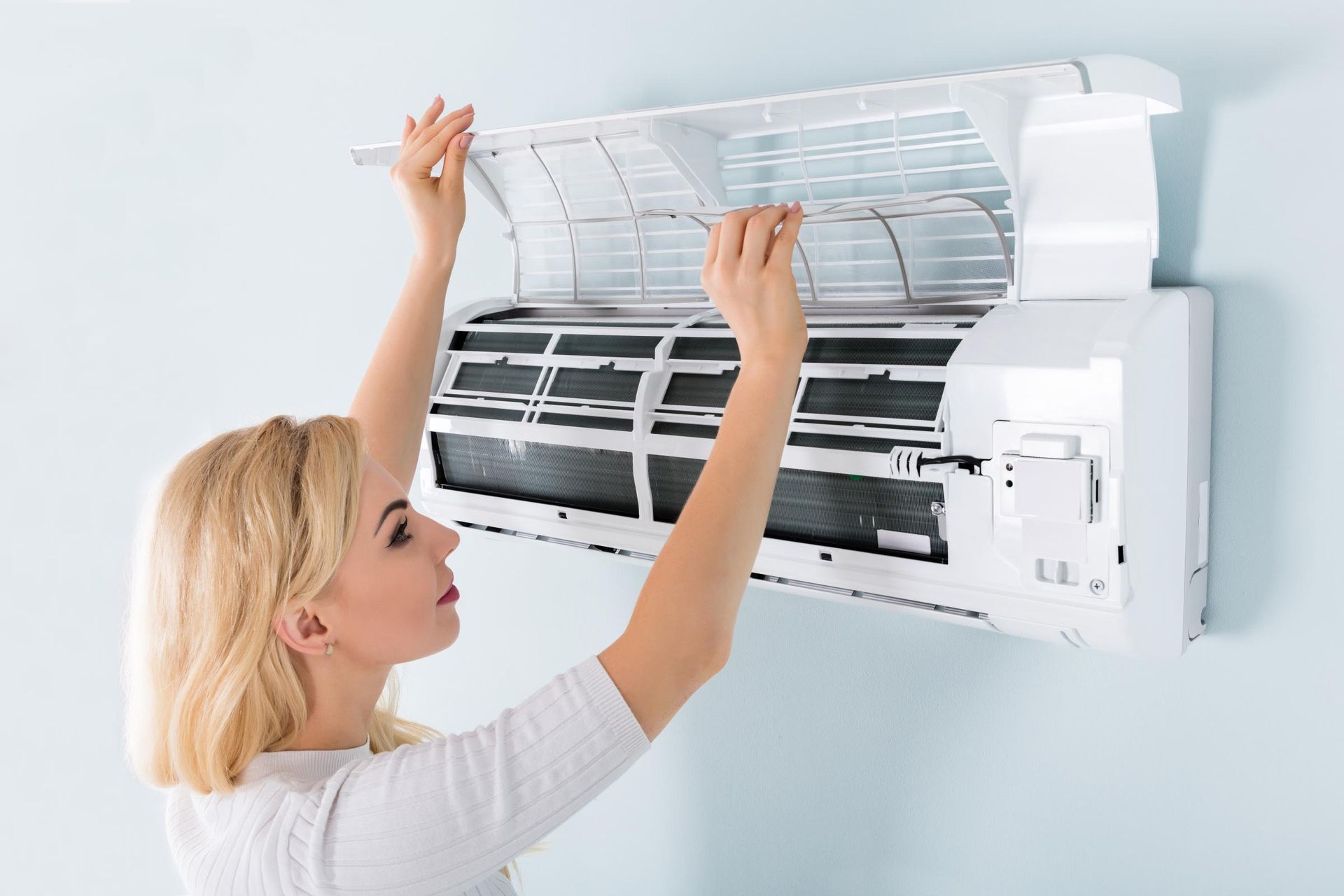
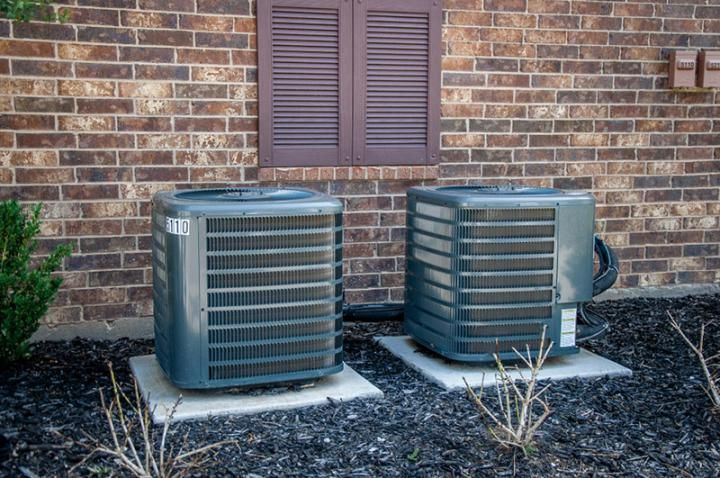

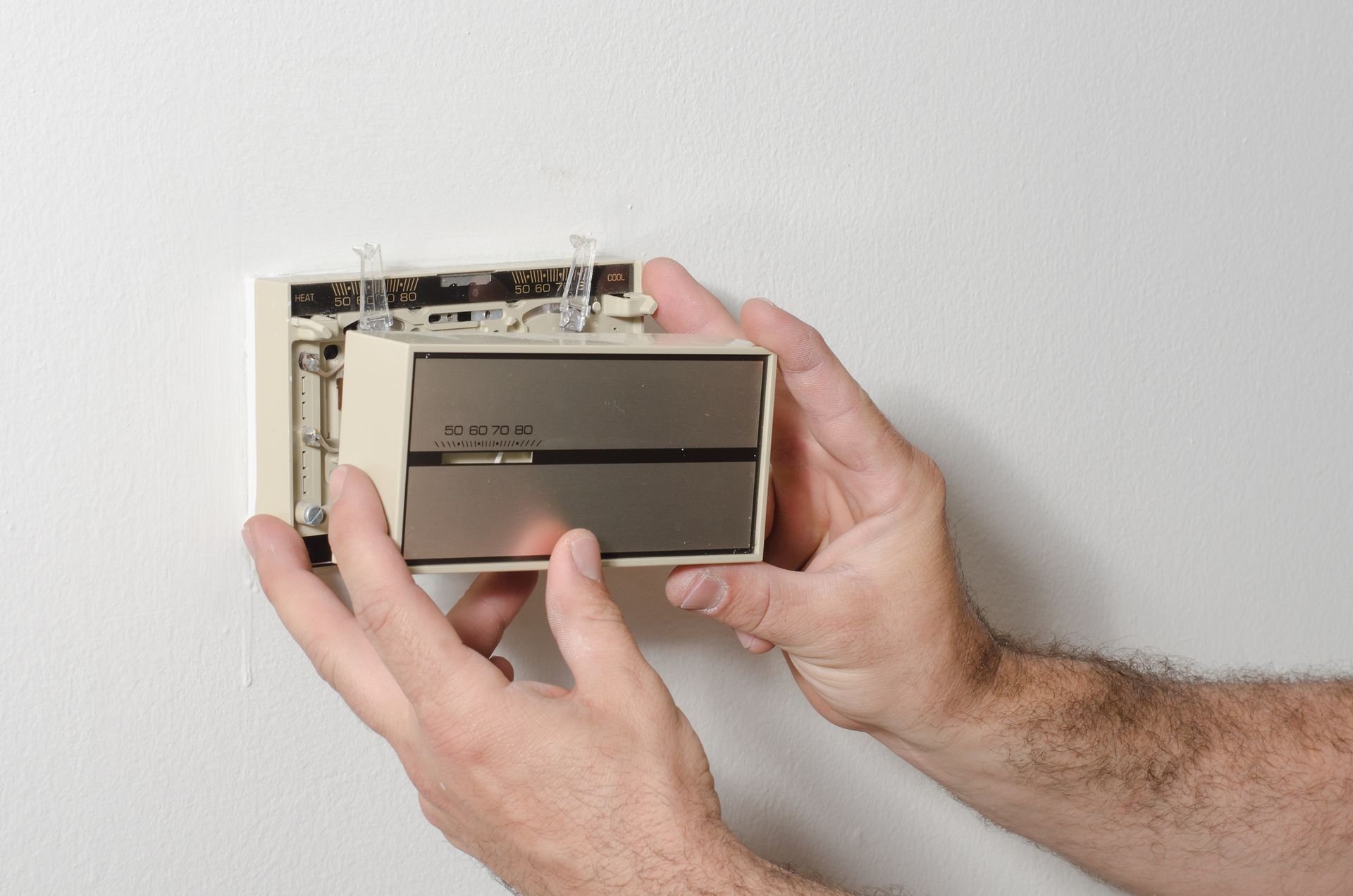

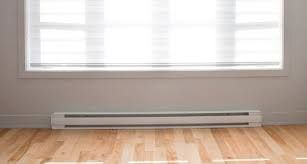
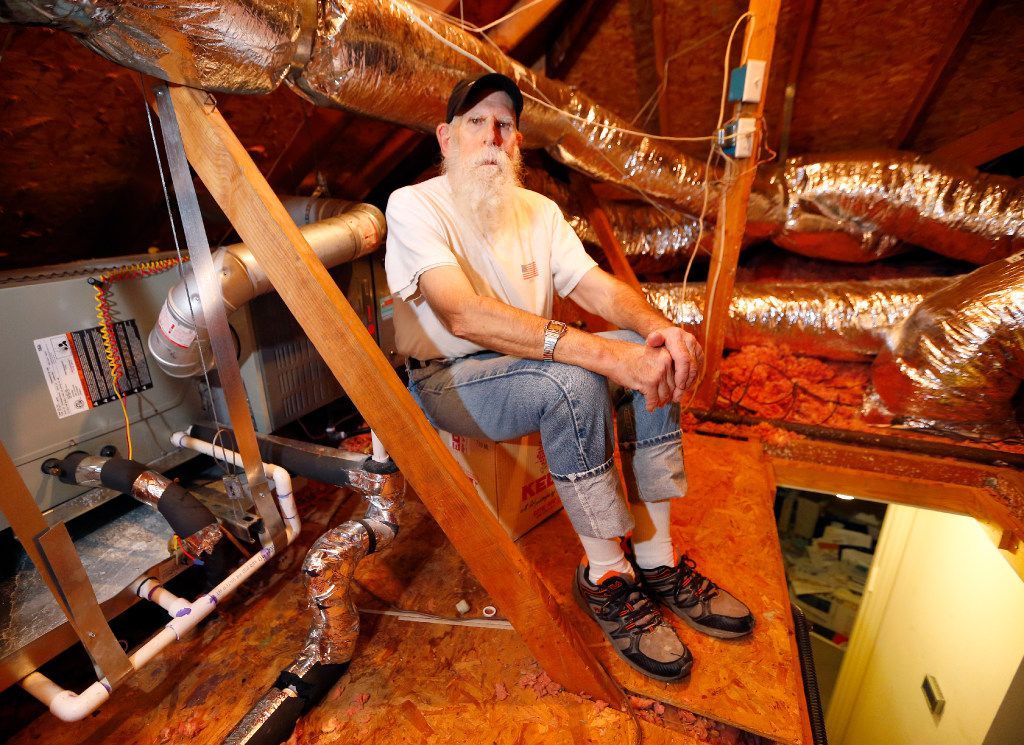

At 24/7 Local HVAC, we specialize in facilitating connections with top-tier HVAC professionals. Our focus is on bridging the gap between you and reputable HVAC companies operating within your local vicinity. It's important to emphasize that each of these HVAC entities functions independently and autonomously.
We firmly place the onus on every individual user to meticulously verify that any selected HVAC company aligns with the mandated licensing and insurance prerequisites stipulated by the governing authorities in their respective jurisdiction.
Furthermore, it's worth noting that our services may regrettably not cover all geographical areas. In instances where our services are available, the scope of offerings could potentially differ based on the composition of service providers present within that particular region.

